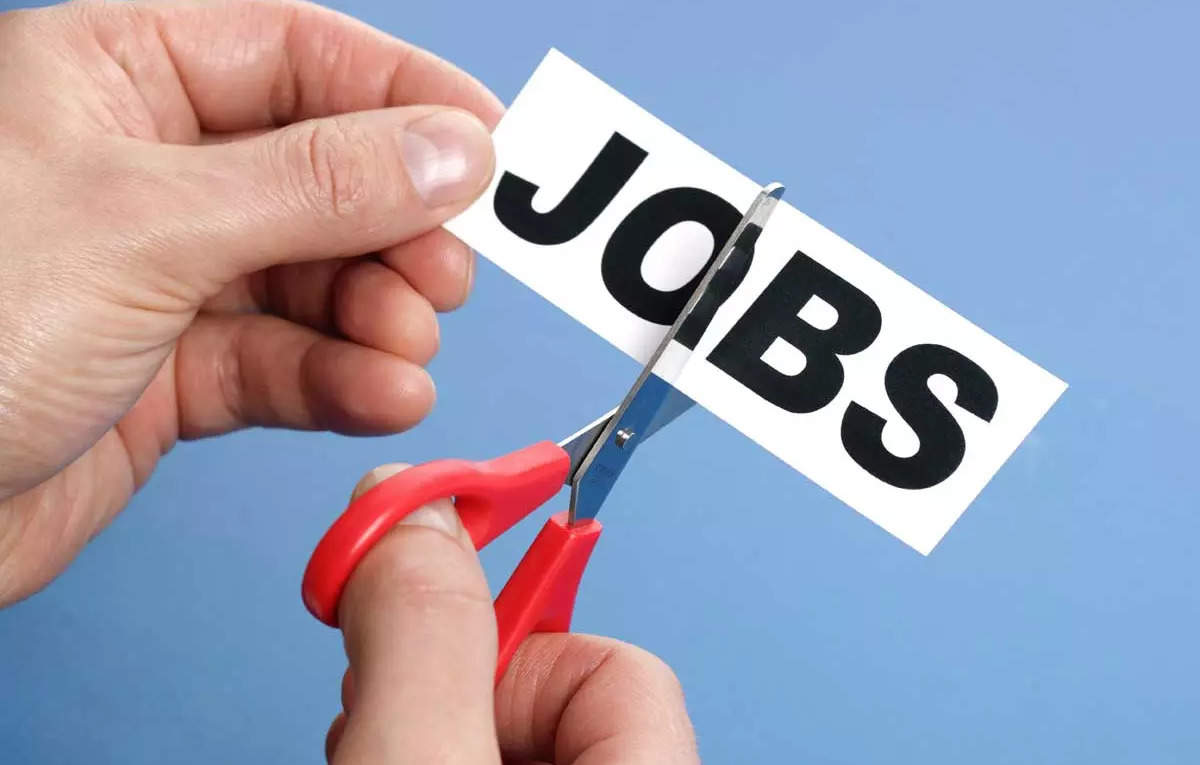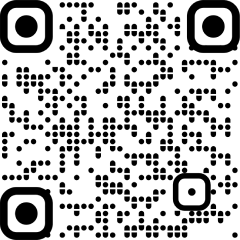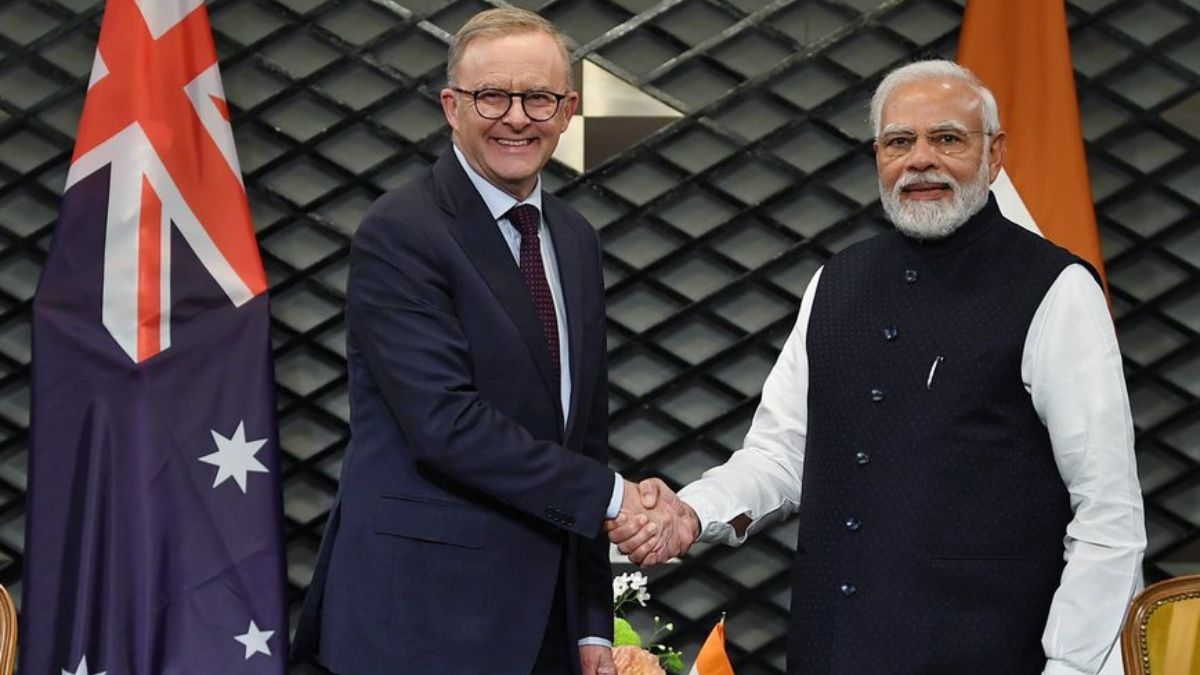Australia employment rises 15,900 in Oct, jobless holds at 4.1% – ETHRWorld

- by Admin
- November 14, 2024

By Stella Qiu
SYDNEY: Australia’s employment growth slowed in October after a strong run, but the jobless rate stayed low and underlying trends remained relatively healthy, suggesting there is little rush to cut interest rates.
Figures from the Australian Bureau of Statistics on Thursday showed net employment rose 15,900 in October from September, when they jumped by a revised 61,300.
That was the smallest increase in seven months and came in under market forecasts for a 25,000 rise, but annual jobs growth still ran at a strong 2.7%. Gains were again driven by full-time roles.
The jobless rate held at a historically low 4.1%, where it has been since April, while the participation rate edged down to 67.1% from an all-time high of 67.2%.
National Australia Bank on Thursday pushed out its call for the first rate cut from the Reserve Bank of Australia to May from February given the overall strength in the labour market.
Other major Australian banks still tipped February for the start of the easing cycle.
“Given the data flow to date, it now looks unlikely the RBA will have enough confidence in the trajectory of inflation by then. There is a real risk that policy rates stay on hold even deeper into 2025,” NAB analysts said in a note.
There was muted market reaction, with the Australian dollar little changed at $0.6485 and three-year bond futures also unchanged at 95.78. Markets maintained bets that a first easing in Australia would come most likely in May or July next year.
The RBA has held its policy steady for a year now, judging the current cash rate of 4.35% – up from 0.1% during the pandemic – is restrictive enough to bring inflation to its target band of 2-3% while preserving employment gains.
With the labour market surprisingly strong, the prospects of a near-term rate cut are slim. The central bank has said monetary policy will stay restrictive until it is confident inflation is moving sustainably to target.
Headline inflation slowed to 2.8% in the third quarter but that was only due to government electricity rebates. Underlying inflation remained high at 3.5%.
Markets imply just a 10% chance the RBA might cut at the last meeting of the year on Dec. 10, and only a 28% probability of a move at its following meeting in February.
The job report showed hours worked rose 0.1% in October, up for a fifth straight month, while the underemployment rate eased 0.1 percentage point to 6.2%.
“I think it does nothing really but underscore a pretty resilient, firm labour market that continues to err on the tight side. So despite a miss on headline employment… it is still a very decent result all around,” said Su-Lin Ong, chief economist at RBC Capital markets.
“I think from the perspective of the Reserve Bank, we would argue that… you need to see some loosening up in this labour market before they will feel comfortable cutting rates.”
(Reporting by Stella Qiu and Wayne Cole; Editing by Kim Coghill and Shri Navaratnam)
The Latest News
-
November 24, 2024$4 million up for grabs as Thitikul, Yin battle for season-finale title – Australian Golf Digest
-
November 24, 2024First Test live: Australia in huge trouble against India
-
November 24, 2024Australia v India: first men’s Test, day three – live
-
November 24, 2024Live: Jaiswal reaches century with extraordinary shot as Aussie bowlers desperately search for answers
-
November 24, 2024Sad death of Aussie ‘genius’ still haunts cricket





